Going beyond the teachings: Buddhism as a path of transformation
Within the wide-ranging traditions of Buddhist philosophy and practice, a recurring theme emerges that challenges the role of doctrine itself: the idea that the teachings are not absolute truths but provisional tools. This concept appears repeatedly across Buddhist schools, yet it becomes especially central in the Madhyamaka philosophy of Nagarjuna and in the Zen tradition, both of which insist that the essence of Buddhism is not a doctrine to be grasped intellectually, but a transformation in one’s mode of being and perception. In this post, we examine the notion that Buddhism ultimately transcends its own conceptual framework, pointing instead to a kind of inner realization that is lived rather than explained.
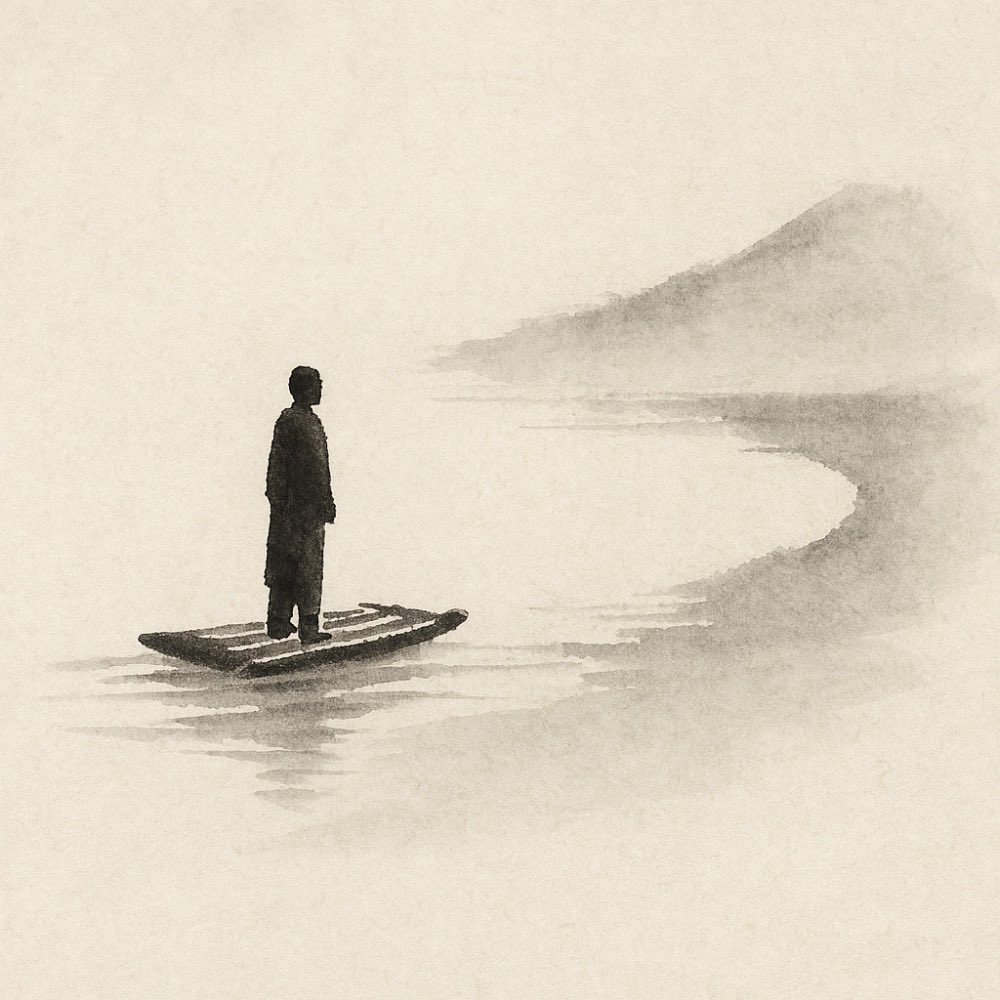 A solitary figure stands on a raft, navigating toward the distant shore. The depicted scenery embodies the Buddhist journey: teachings serve as tools to cross the river of suffering, but once the goal is reached, they are set aside. Image interpreted and created by DALL•E 2.
A solitary figure stands on a raft, navigating toward the distant shore. The depicted scenery embodies the Buddhist journey: teachings serve as tools to cross the river of suffering, but once the goal is reached, they are set aside. Image interpreted and created by DALL•E 2.
The provisional nature of teaching
One of the clearest articulations of the instrumental function of Buddhist doctrine is found in the simile of the raft, attributed to Siddhartha Gautama in the Majjhima Nikāya 22. In this passage, a person builds a raft to cross a dangerous river and is then advised not to carry the raft after reaching the other shore. The teaching, Siddhartha explains, is like that raft: a tool for crossing over suffering, but not something to be clung to afterward. The implication is clear and radical — the teachings are means to an end, not ends in themselves. Their purpose is pragmatic, not metaphysical.
Another example that illustrates this provisionality can be found in the Kalama Sutta (Aṅguttara Nikāya 3.65), where Siddhartha Gautama explicitly encourages a group of villagers not to accept teachings simply out of tradition, scriptural authority, or teacher worship. Instead, he advises them to explore and test teachings for themselves. In his words:
Do not go upon what has been acquired by repeated hearing; nor upon tradition; nor upon rumor; nor upon what is in a scripture; nor upon surmise; nor upon an axiom; nor upon specious reasoning; nor upon a bias towards a notion that has been pondered over; nor upon another’s seeming ability; nor upon the consideration, ‘The monk is our teacher.’ But when you yourselves know: ‘These things are good; these things are not blamable; these things are praised by the wise; undertaken and observed, these things lead to benefit and happiness’ — then and only then enter upon and abide in them.
This early discourse establishes a principle of critical inquiry and personal verification at the heart of Buddhist thought. Rather than demanding blind faith, the tradition opens space for individual discernment, even toward its own foundations.
Together, these examples present Buddhist teaching as a temporary structure. Doctrines, rituals, and even the identity of the Buddha himself are subordinate to the larger goal of awakening. They may serve as guides, but they are not to be revered as immutable truths. This stance not only undercuts dogmatism, but positions Buddhism as an adaptable, self-reflective path grounded in experiential insight.
This framing turns Buddhist doctrine into a form of pragmatism. Siddhartha Gautama was not primarily concerned with establishing metaphysical systems, but with alleviating suffering. What matters is whether a teaching leads to liberation; its truth-status is measured by its practical efficacy. As explored in the previous post, this gives rise to the Buddhist concept of upāya (skillful means), which legitimizes a diversity of teachings and practices as long as they are conducive to awakening. The idea of upāya reinforces the non-dogmatic and pragmatic ethos of Buddhism: any method, metaphor, or framework is valid if it helps a person see clearly and move toward liberation. What matters is not the objective truth of a teaching, but its contextual utility in dissolving ignorance and suffering. The multiplicity of Buddhist paths, often seemingly contradictory, thus reflects not inconsistency but adaptability.
Knowing beyond intellect
Building on the notion of teachings as provisional tools, it becomes clear that the aim of Buddhist thought is, thus, not the mastery of doctrine, but the transformation of consciousness itself. While Buddhist schools have produced intricate philosophies and commentarial traditions (e.g., Majjhima Nikāya, Saṃyutta Nikāya), a shared current runs through them that warns against mistaking conceptual knowledge for insight. Intellectual understanding is not rejected outright, but it is regarded as insufficient. Liberation is not achieved by theorizing about anattā (non-self) or dukkha (suffering), but by seeing through illusion in direct experience.
This distinction is especially prominent in the Madhyamaka school, founded by Nagarjuna. Through rigorous dialectical argumentation, Nagarjuna deconstructs all conceptual views, demonstrating that every position ultimately collapses under scrutiny when subjected to logical analysis. His central notion of śūnyatā (emptiness) refers to the absence of inherent or independent existence in all phenomena, including the doctrines and methods of Buddhism itself. This insight does not negate the world but reorients how it is seen: all things arise dependently, and therefore have no fixed essence. Crucially, emptiness is not a metaphysical claim or a nihilistic void, but a tool to dislodge attachment to views. It is a lens through which one sees the fluid, contingent, and interdependent nature of reality — thus enabling a freedom from clinging even to the path that leads to liberation.
This view is mirrored in Siddhartha Gautama’s own refusal to answer speculative metaphysical questions — such as whether the universe is eternal or whether the self exists after death. His silence (avyākata) was not a mark of ignorance but a pedagogical decision, indicating that such questions do not lead to liberation and may instead reinforce attachment to views.
Zen Buddhism, developing centuries later in China and Japan, echoes this stance with different methods tailored to bypass the conceptual mind. Zen often avoids explicit doctrinal explanation altogether, using paradox (as in kōans), anecdote (as seen in the recorded sayings of masters), silence, and spontaneous gesture to direct attention to direct experience. The emphasis falls not on knowing about the truth but on waking up to it — an awakening that cannot be captured in words or explained conceptually, but must be realized in one’s own immediate awareness.
In this context, enlightenment is not the acquisition of new knowledge but the collapse of delusion — an unlearning rather than a learning. It is the dissolution of the habitual patterns of grasping and interpretation that obscure direct contact with reality. Zen emphasizes that this awakening is always already present and available, requiring not accumulation but a radical shift in perception. As the Zen saying goes, “Before enlightenment, chop wood, carry water; after enlightenment, chop wood, carry water.” The external circumstances remain, but the consciousness engaging with them is no longer bound by illusion.
Returning to the world
One of the paradoxes of Buddhist practice, especially in Zen and Madhyamaka-inspired interpretations, is that the “path” does not lead to some transcendent realm or otherworldly state. Instead, it leads back to the ordinary world, but now seen with new eyes. The practitioner does not become metaphysically removed from life but becomes fully immersed in it, free from attachment and illusion.
This transformation is not a journey away from life but a return to it, reframed by the clarity of awakened perception. A famous line from the Daoist philosopher Zhuangzi, later adopted in Zen, states: “The true journey is the return”. This sentiment is echoed in Zen’s emphasis on the “beginner’s mind” (shoshin), a state of openness that is free from preconception and rich in presence. It is also powerfully articulated by the Japanese Zen master Dōgen:
“To study the Buddha way is to study the self. To study the self is to forget the self. To forget the self is to be awakened by all things.”
Dōgen’s teaching reveals the core of the Zen perspective: awakening is not an ascent to a higher sphere, but a dissolution of the illusion of a fixed, separate self. When the self is forgotten, the world is no longer experienced as an object set apart from the observer; instead, one is directly “awakened by all things.” This expression encapsulates a shift in perception: once the illusion of a fixed, independent self is released, the very world that once seemed ordinary or mundane becomes revelatory. But what exactly causes this shift?
According to Buddhist thought, the problem lies not in the world itself, nor in the self per se, but in the mistaken assumptions we bring to both. Conventionally, we assume that we and the objects around us possess enduring, unchanging essences — a core identity or self that persists over time. This belief, although intuitive, is precisely what Buddhism challenges. The self is not a stable entity but a process: a constellation of ever-changing mental and physical phenomena. The same is true for all things: they arise dependently and are inherently impermanent.
Buddhism does not deny the existence of persons or objects. What it denies is our deluded mode of perceiving them — as fixed, graspable, or separable. This delusion, when left unexamined, gives rise to clinging: to identity, to experiences, to things. Clinging, in turn, generates suffering. To be “awakened by all things” is thus to see the world not through the lens of permanence, but as a field of dynamic, interrelated processes. Everything becomes a teacher, a pointer toward impermanence, interdependence, and the possibility of freedom. The familiar world reappears, but now as an expression of tathatā — suchness, the immediacy and authenticity of reality as it is.
In Buddhist terms, this means the awakening of consciousness does not transport one away from the world, but transforms one’s way of being in the world. Everyday phenomena are no longer obstacles or illusions to be escaped, but become the very medium through which clarity and freedom are expressed. One returns to the beginning not as a novice but with a consciousness no longer clouded by delusion. It is not about leaving behind the worldly, but about seeing it clearly and living it fully — here and now.
In this view, the point of departure and the point of arrival are the same. What changes is not the location but the consciousness that inhabits it. This echoes the Mahāyāna idea that “nirvāṇa is saṃsāra”: that liberation is not found outside of the world of change and flux, but within it — once it is seen without the distortions of attachment, grasping, and delusion. This insight disrupts both the metaphysical assumptions of religious transcendence and the linear logic of spiritual progress. It replaces them with a non-dual perspective in which awakening is not somewhere else, but precisely here, now, in the immediate world of perception, relationship, and activity.
Conclusion
The central concern of Buddhist thought, especially in Madhyamaka and Zen traditions, is not the construction of metaphysical systems or doctrinal completeness, but the transformation of how we perceive and relate to the world and to ourselves. Siddhartha Gautama’s simile of the raft and his remarks in the Kalama Sutta demonstrate that the teachings are not final truths but temporary tools (upaya, skillful means), to be used and eventually set aside. In the same spirit, Nagarjuna’s Madhyamaka philosophy reveals the emptiness of all conceptual positions (sūnyatā), inviting a detachment from fixed views. Zen goes further still, pushing beyond conceptual language into silence, paradox, and direct experience.
All of these point to a shared insight: suffering arises not because the world or the self are illusions in the sense of being non-existent, but because we misperceive their nature. We treat impermanent, interdependent processes as if they were separate and enduring entities. This mistaken view leads to clinging — to identity, to certainty, to control — and clinging generates suffering. Liberation arises through a radical shift in perception: seeing things as they are (tathatā), impermanent (anicca) and without fixed essence (anatta). The self is not destroyed, but seen as a process rather than a substance. The world is not rejected, but revealed in its dynamic and relational nature.
In this sense, awakening is not an escape to some transcendent beyond, but a reorientation within the everyday. It is not about going elsewhere, but about seeing clearly. To be “awakened by all things” is to encounter everything — people, objects, events — not as obstacles or instruments, but as manifestations of the same dynamic, interdependent reality we ourselves participate. One no longer grasps, and thus one no longer suffers.
This contrasts sharply with much of Western religious and philosophical tradition, which has often sought stable foundations, eternal truths, or metaphysical guarantees. Where Western thought tends to build systems, Buddhism encourages dismantling them. Where the West often associates liberation with salvation from the world, Buddhism points to liberation within it. This does not make Buddhism inherently superior, but it does make it uniquely consistent in applying its own insights to its method: even its doctrines are ultimately to be transcended.
Thus, what makes Buddhism particularly powerful is its refusal to absolutize even itself. It offers no final belief to cling to — only the invitation to see more clearly, act more freely, and suffer less. Its path is not one of intellectual conviction, but of practical clarity and ethical release.
References and further readings
- Oliver Freiberger, Christoph Kleine, Buddhismus - Handbuch und kritische Einführung, 2011, Vandenhoeck & Ruprecht, ISBN: 9783525500040
- Rupert Gethin, The Foundations Of Buddhism, 1998, Oxford University Press, ISBN: 9780192892232
- Oliver Bottini, Das grosse O.W. Barth-Buch des Buddhismus, 2004, Ebner & Spiegel GmbH, ISBN: 9783502611264
- Richard Francis Gombrich, How Buddhism began – The conditioned genesis of the early teachings, 2006, Taylor & Francis, ISBN: 9780415371230
- Sebastian Gäb, Die Philosophie des Buddha - Eine Einführung, 2024, UTB, ISBN: 9783825262013
- Erich Frauwallner, Die Philosophie des Buddhismus, 2009, De Gruyter Akademie Forschung, ISBN: 978-3050045313
- Mark Siderits, Buddhism As Philosophy - An Introduction, 2007, Ashgate Publishing, Ltd., ISBN: 9780754653691
- Richard Francis Gombrich, What the Buddha thought, 2009, Equinox Publishing (UK), ISBN: 9781845536121
- Walpola Rāhula, What the Buddha taught, 1974, Grove Press, ISBN: 9780802130310
- Jr. Buswell, Robert E., Jr. Lopez, Donald S., Juhn Ahn, J. Wayne Bass, William Chu, The Princeton dictionary of Buddhism, 2014, Princeton University Press, ISBN: 978-0-691-15786-3
- Daisetz Teitaro Suzuki, Prajna, Zen und die Höchste Weisheit, Die Verwirklichung der „transzendenten Weisheit“ im Buddhismus und im Zen, 1. Januar 1990, O. W. Barth, ISBN-10: 3502645981
- Daisetz Teitaro Suzuki (Autor), C. G. Jung (Einleitung), Felix Schottlaender (Übersetzer), *Die große Befreiung. Einführung in den Zen-Buddhismus *, 2003, Otto Wilhelm Barth, 20. Auflage, ISBN-10: 3502675945
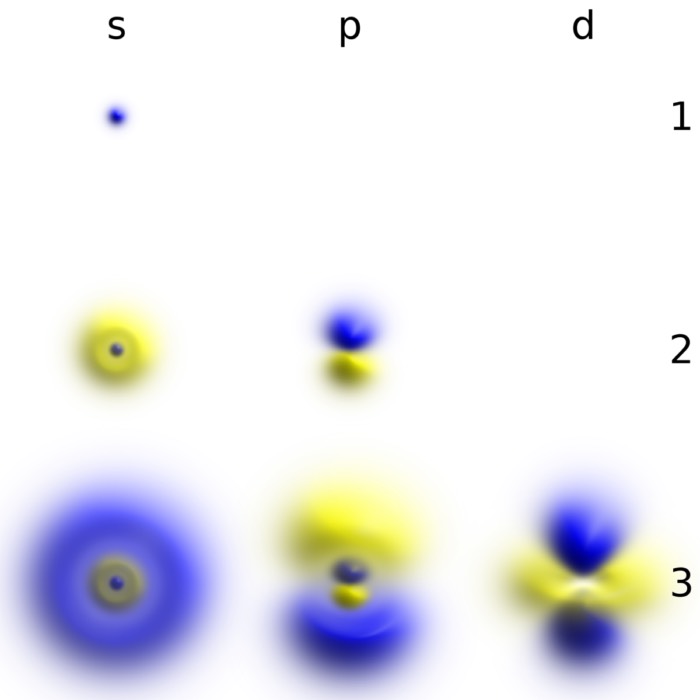
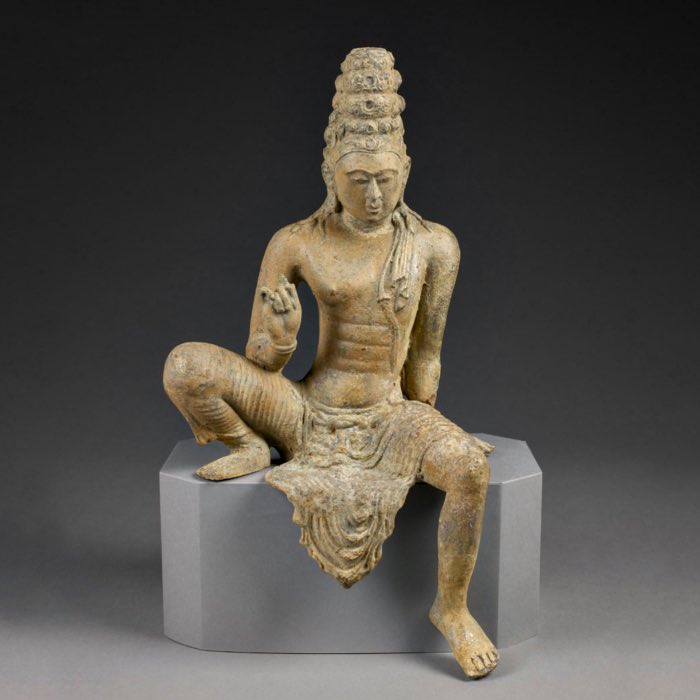
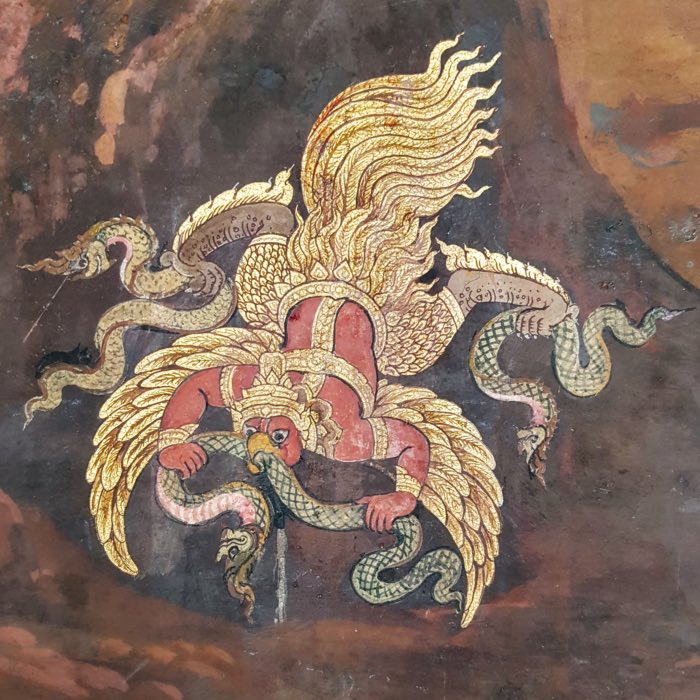
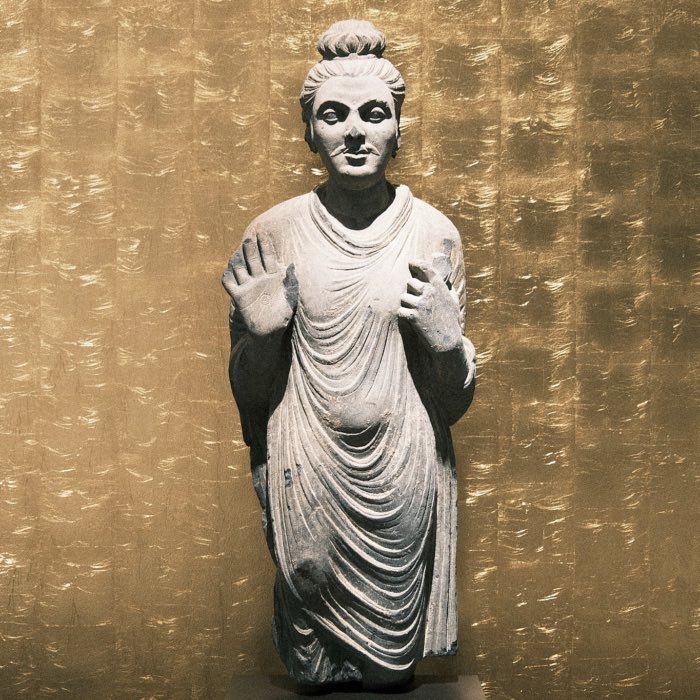
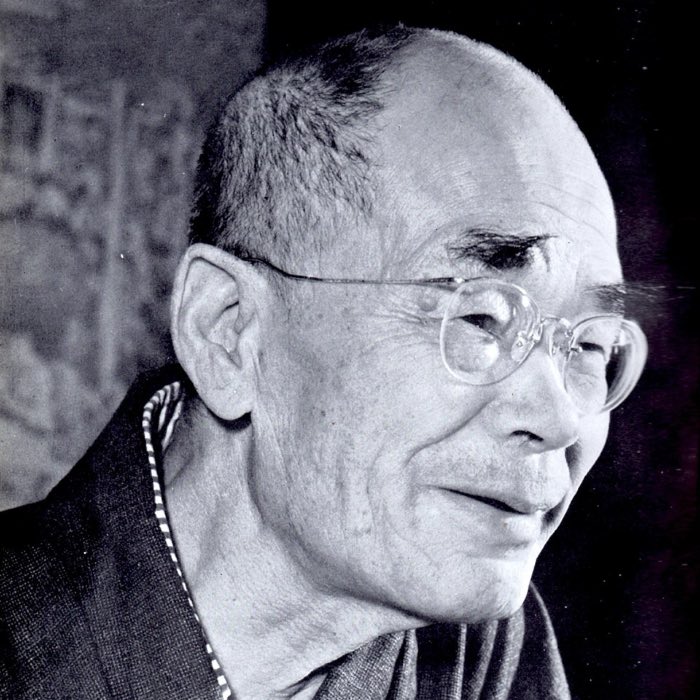
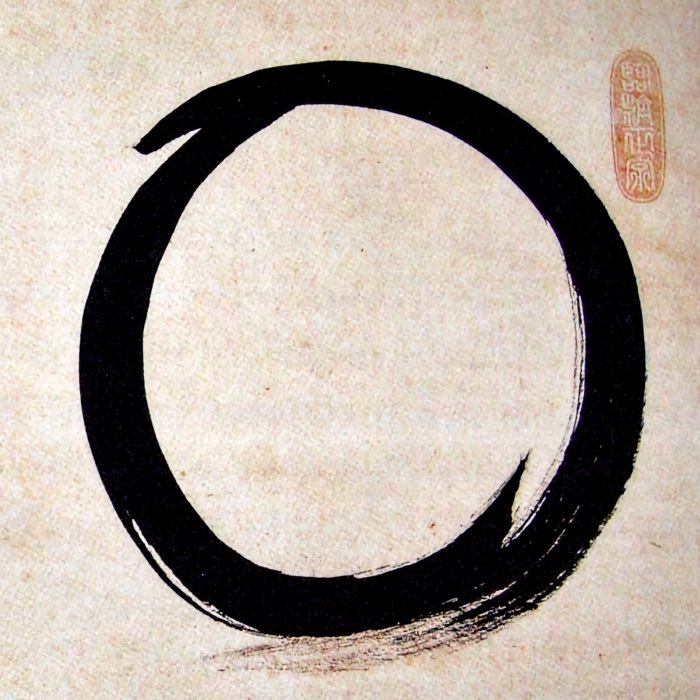

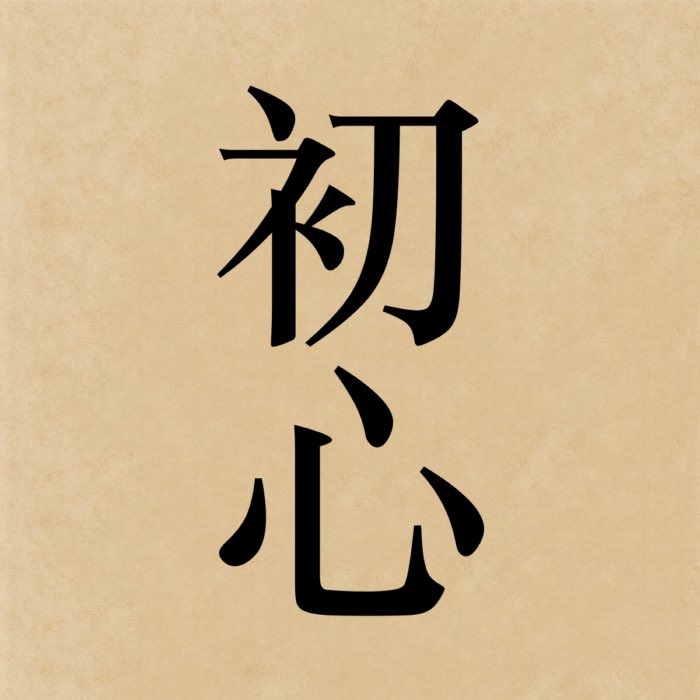
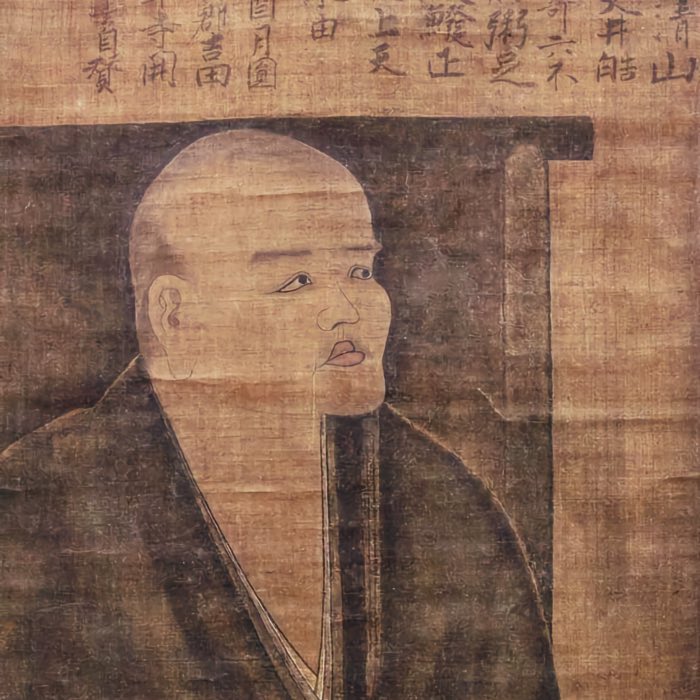

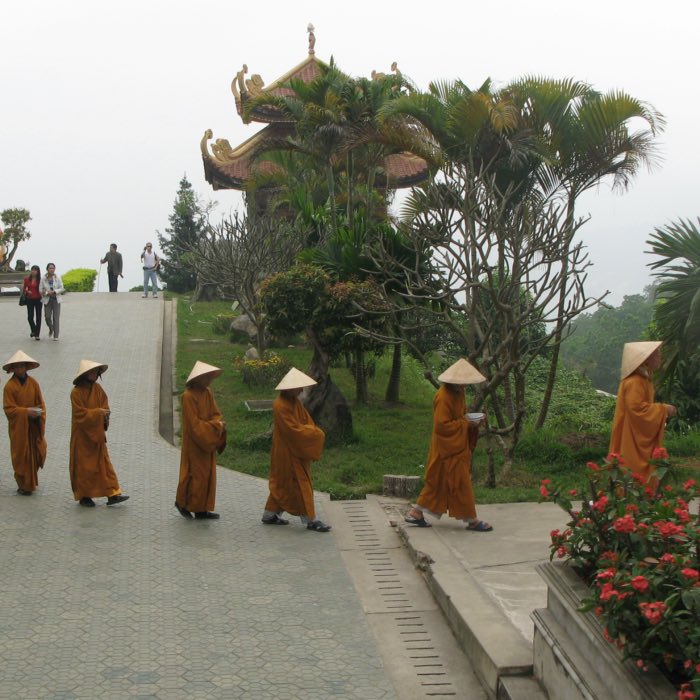
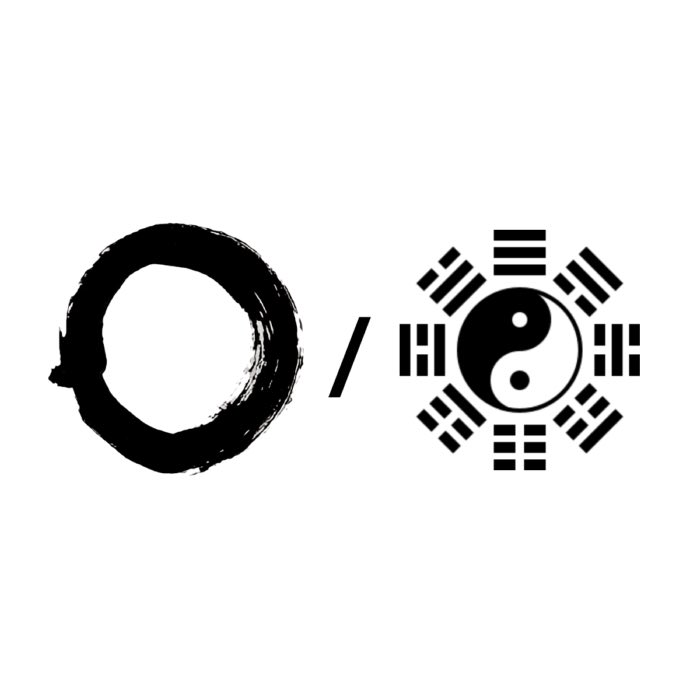
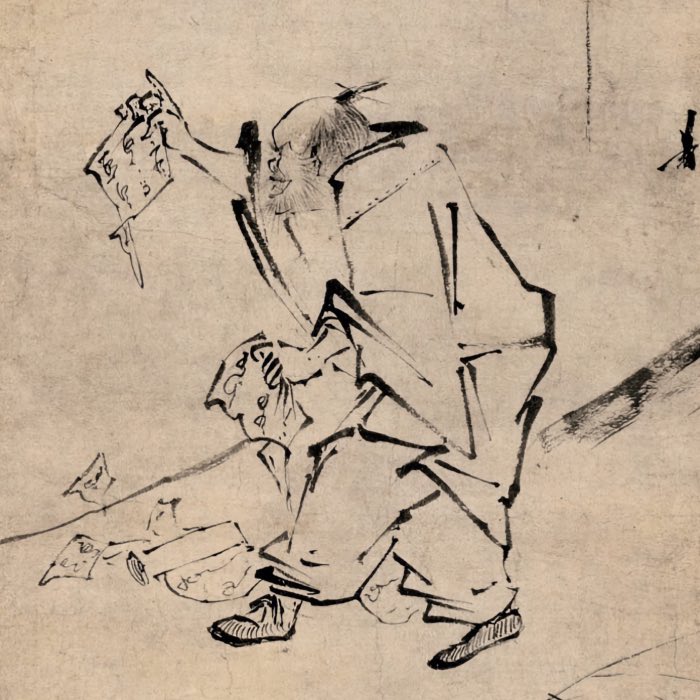


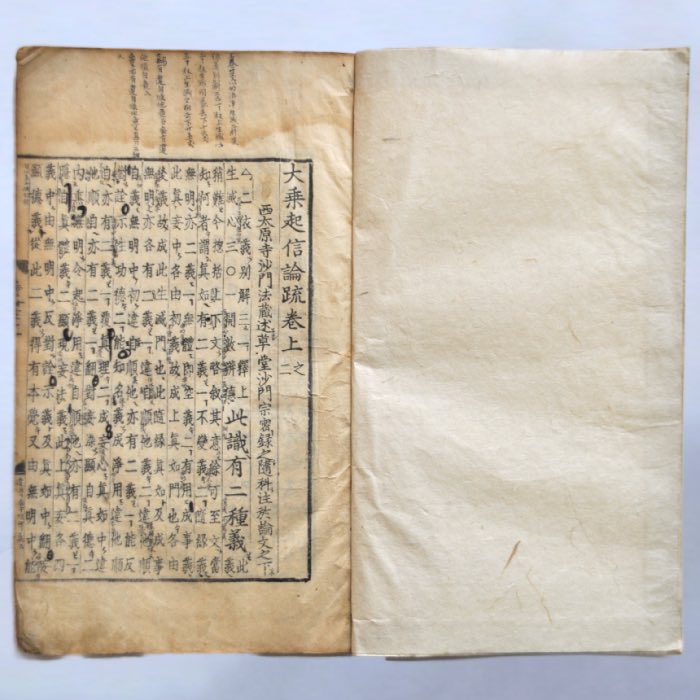
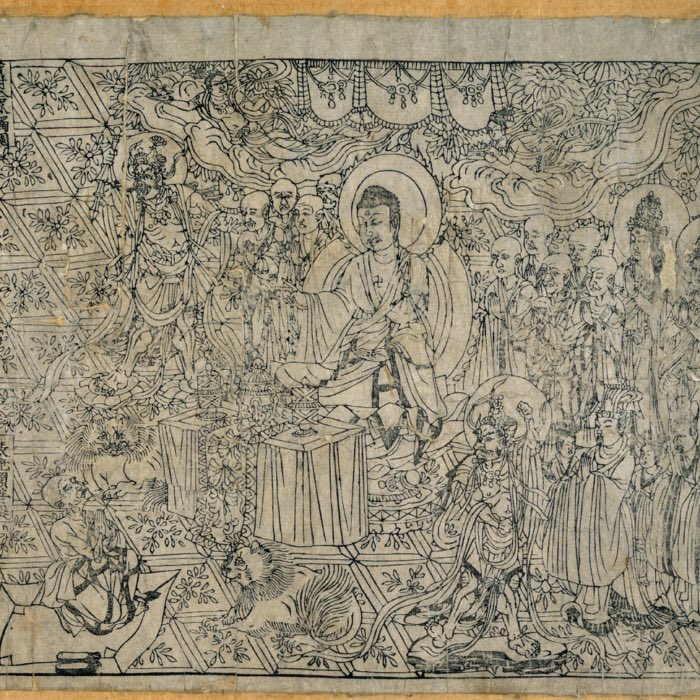




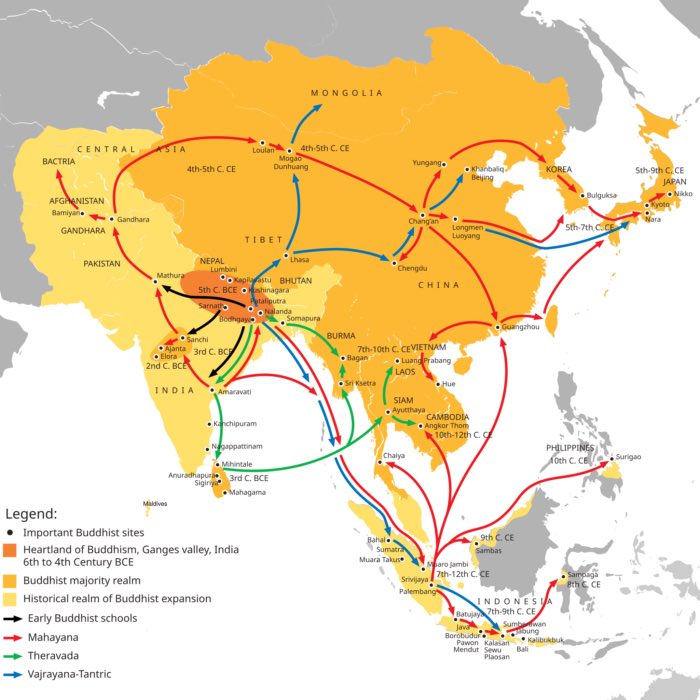

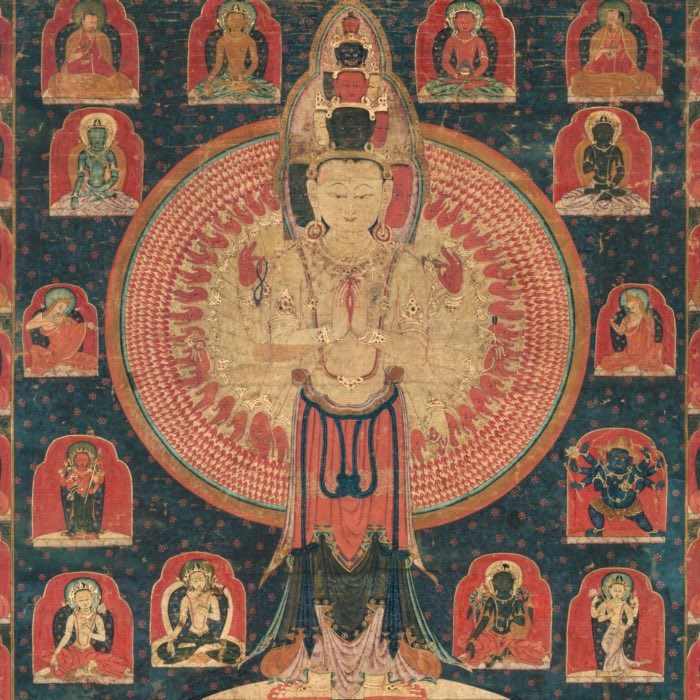
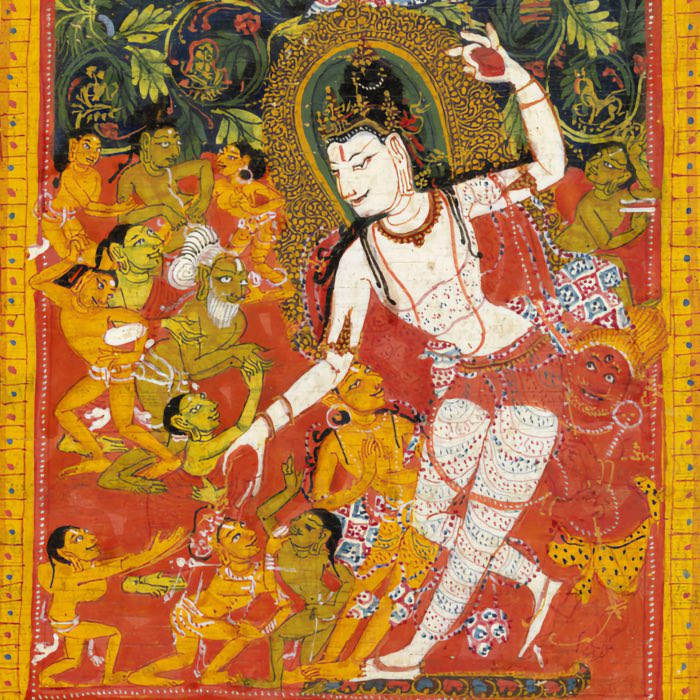

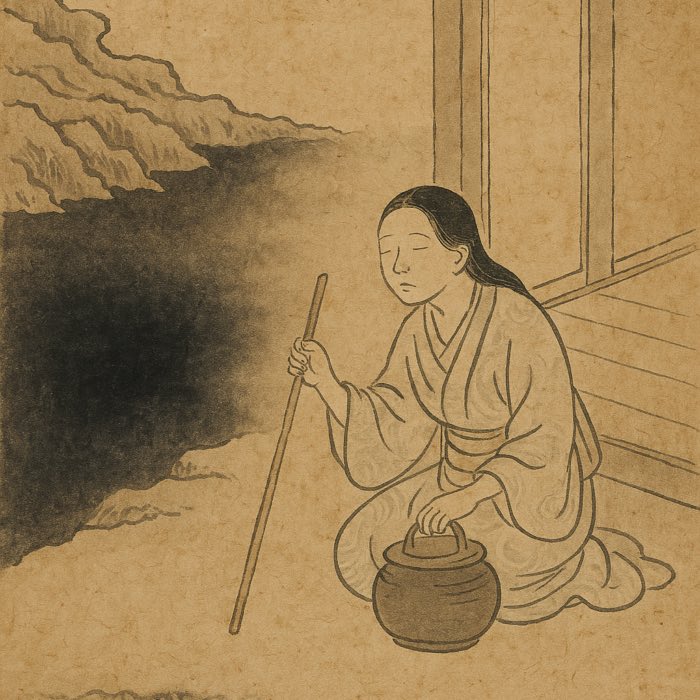

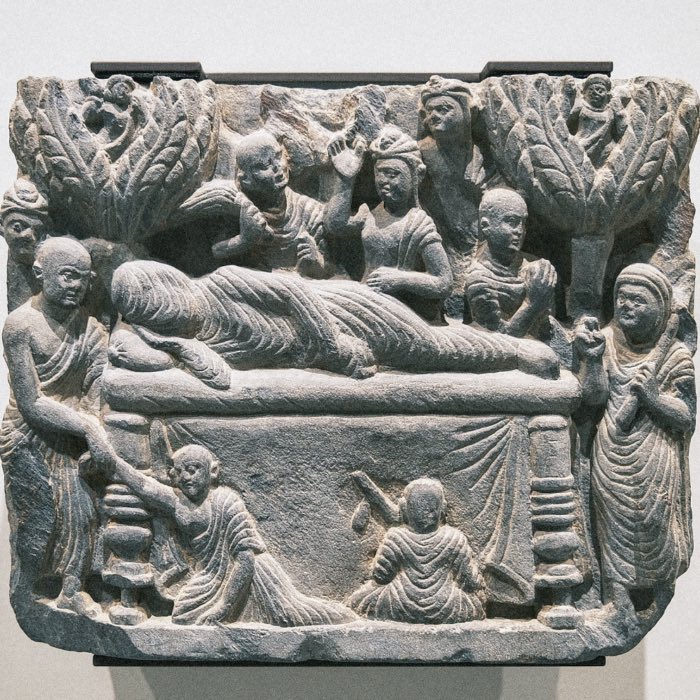


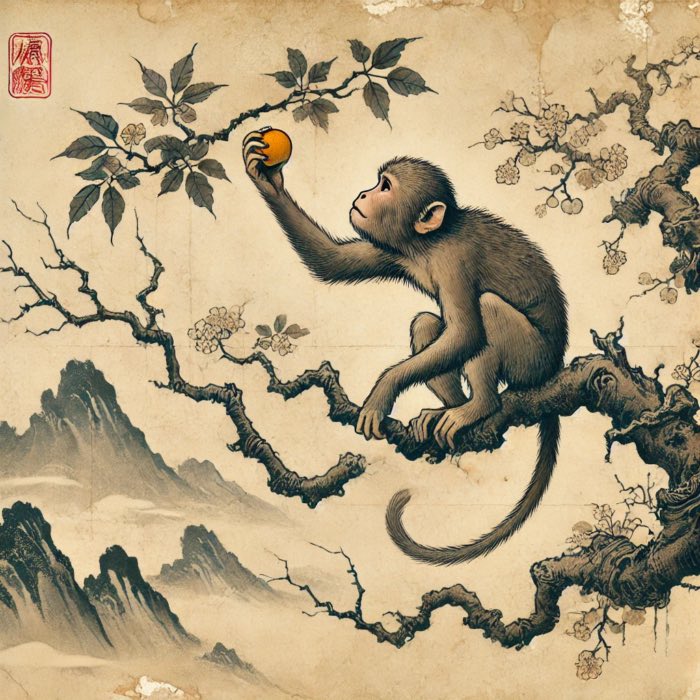

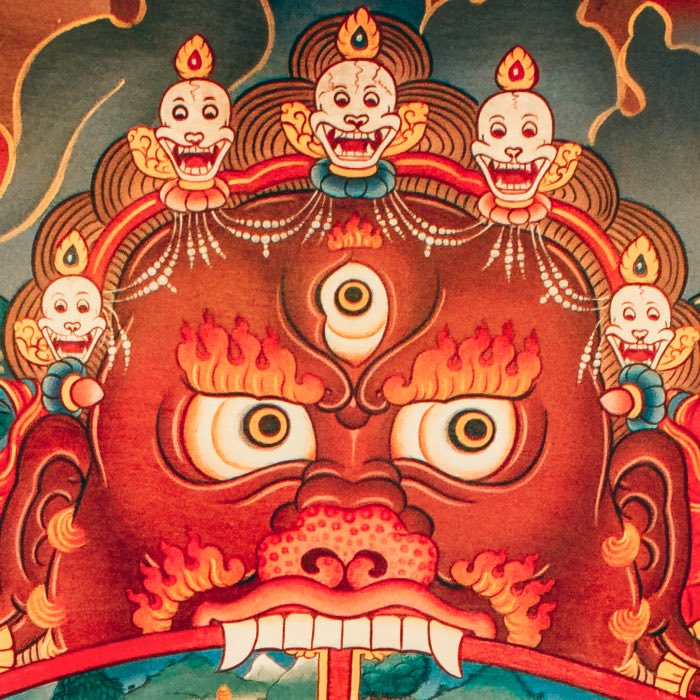

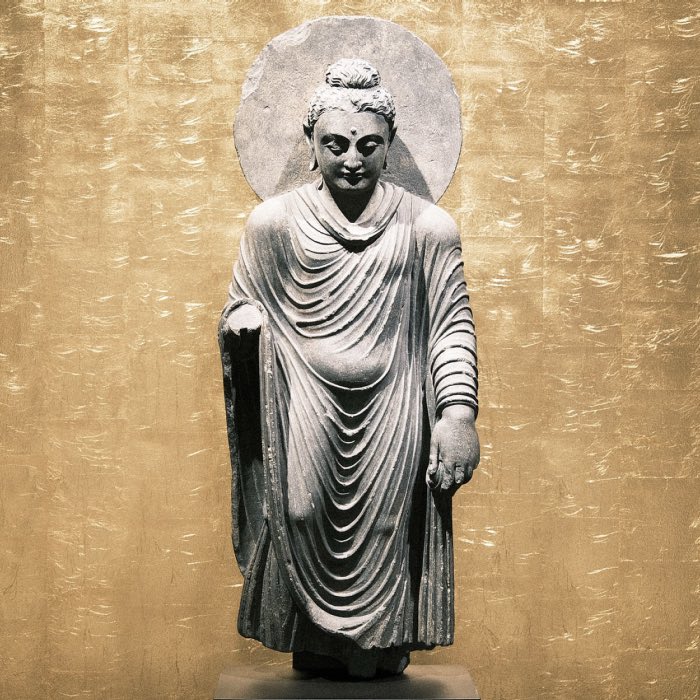
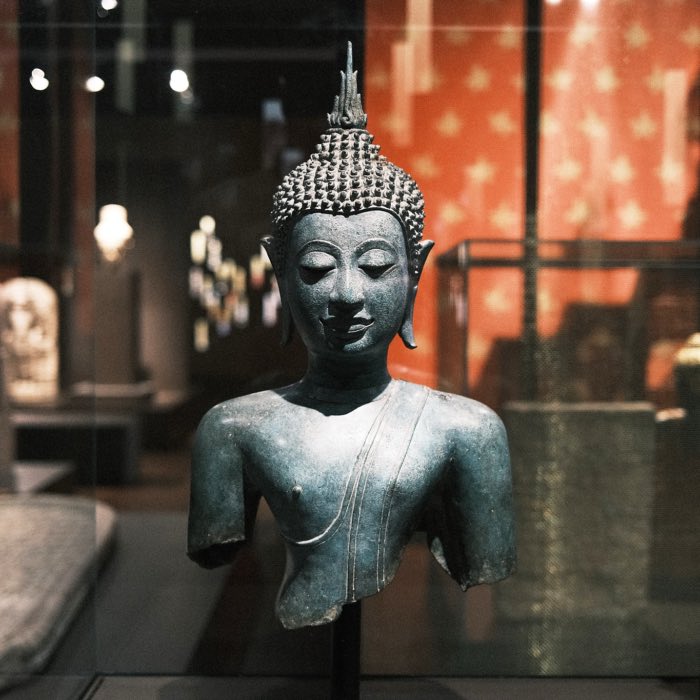
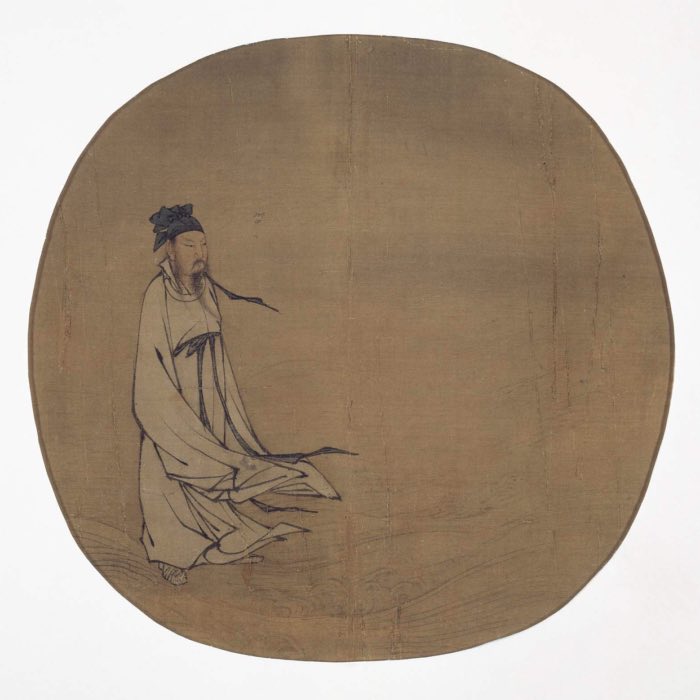
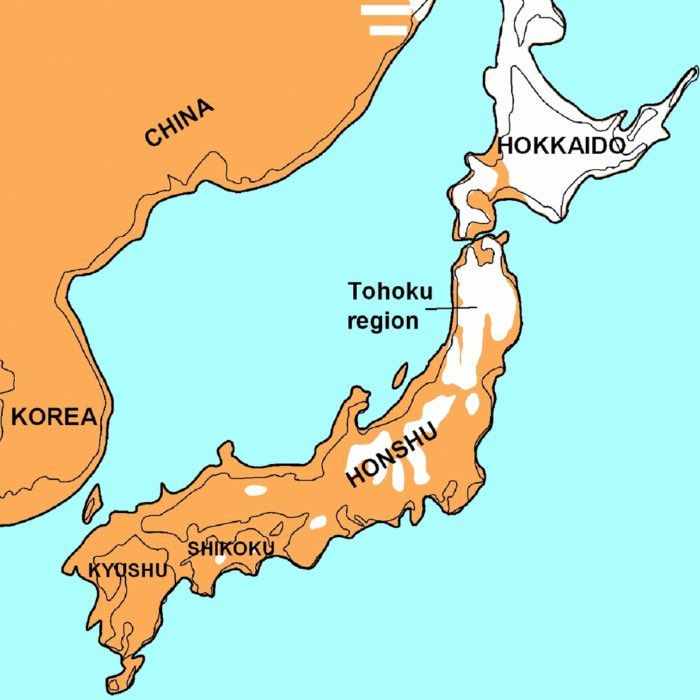
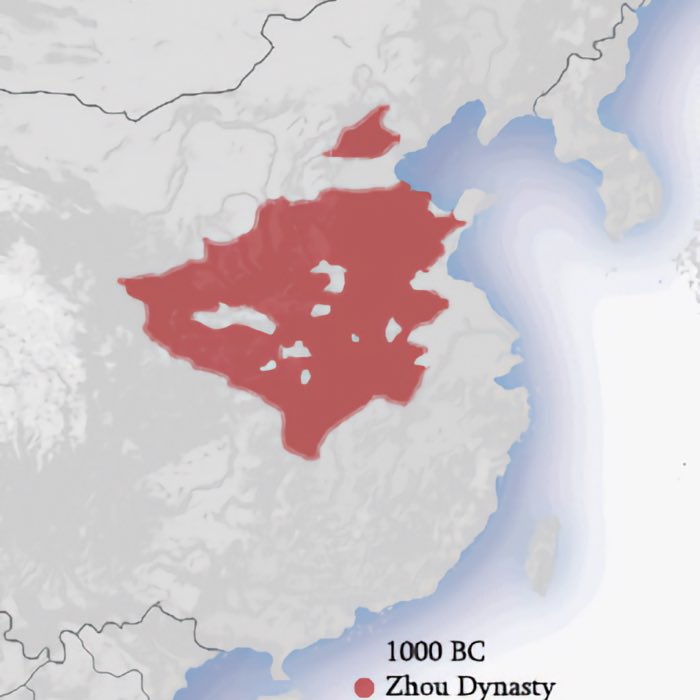


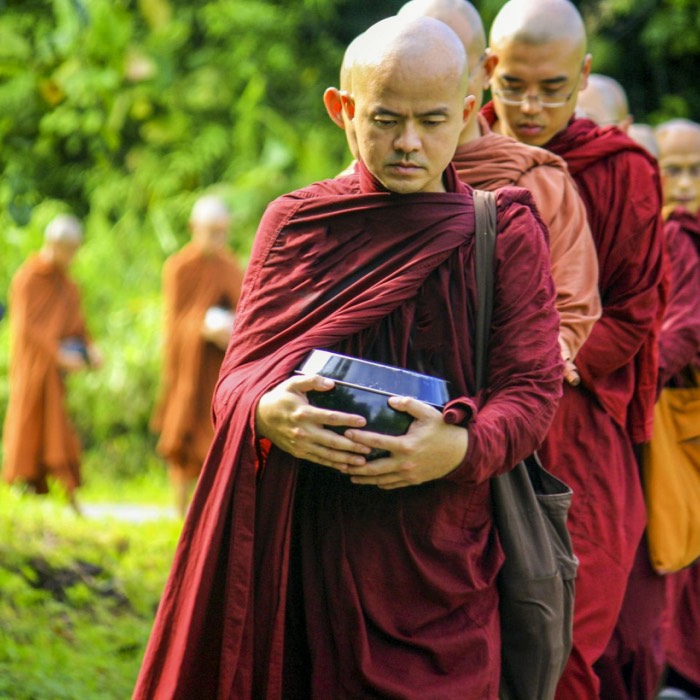


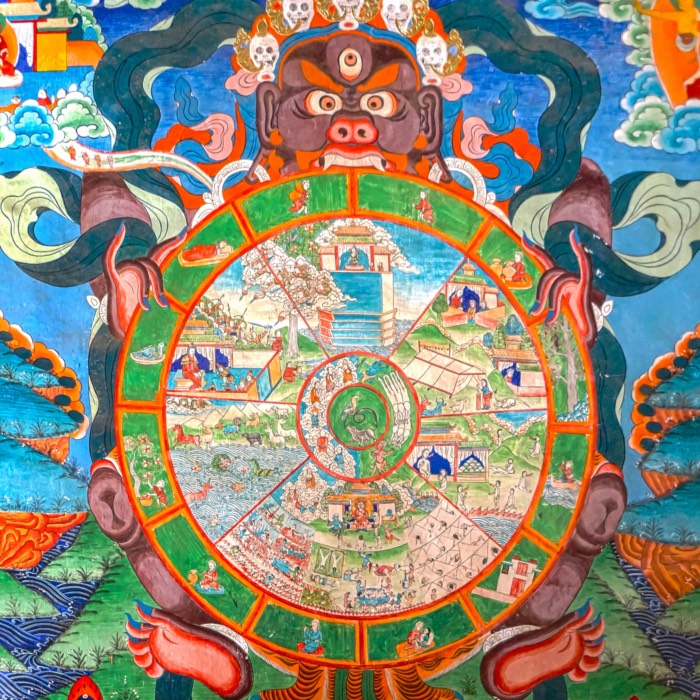
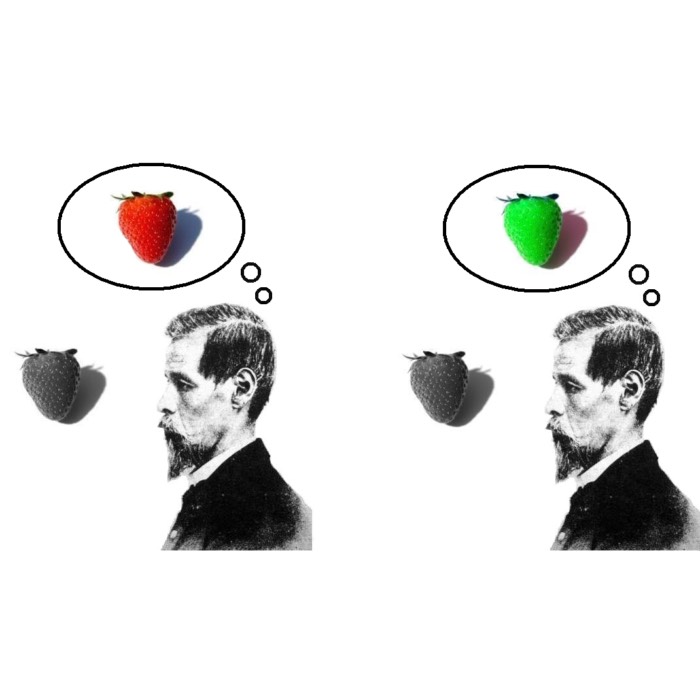
comments